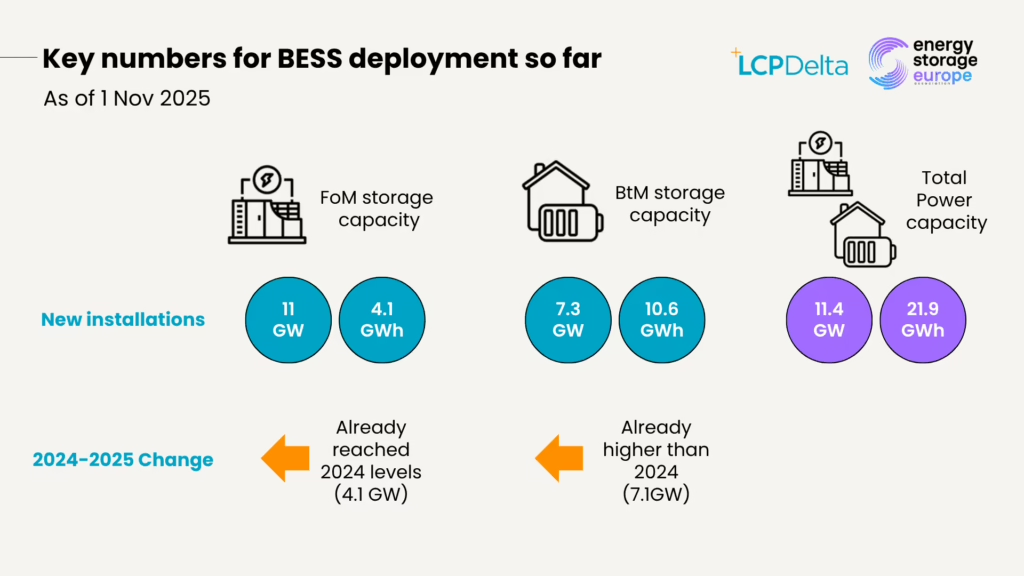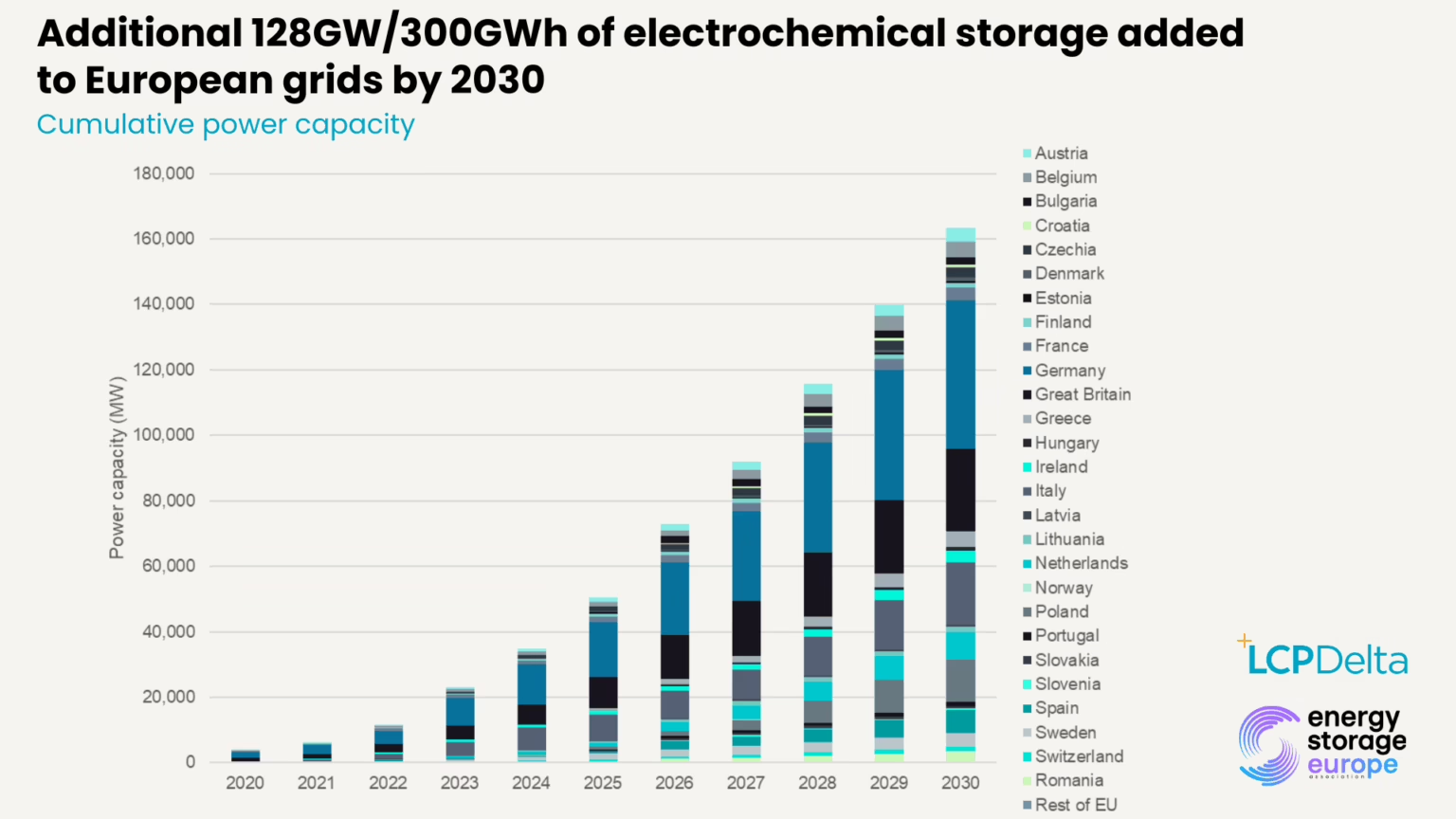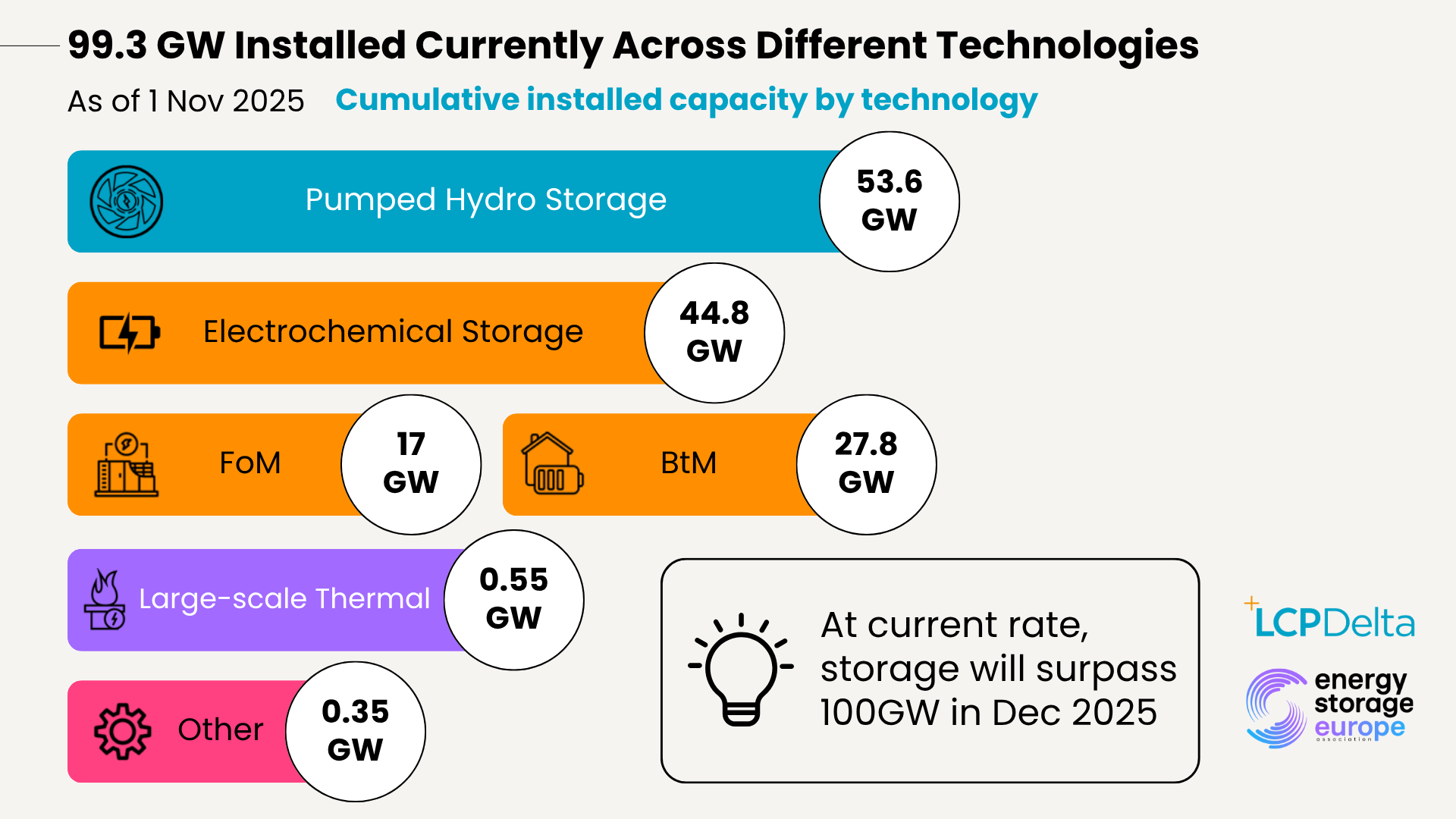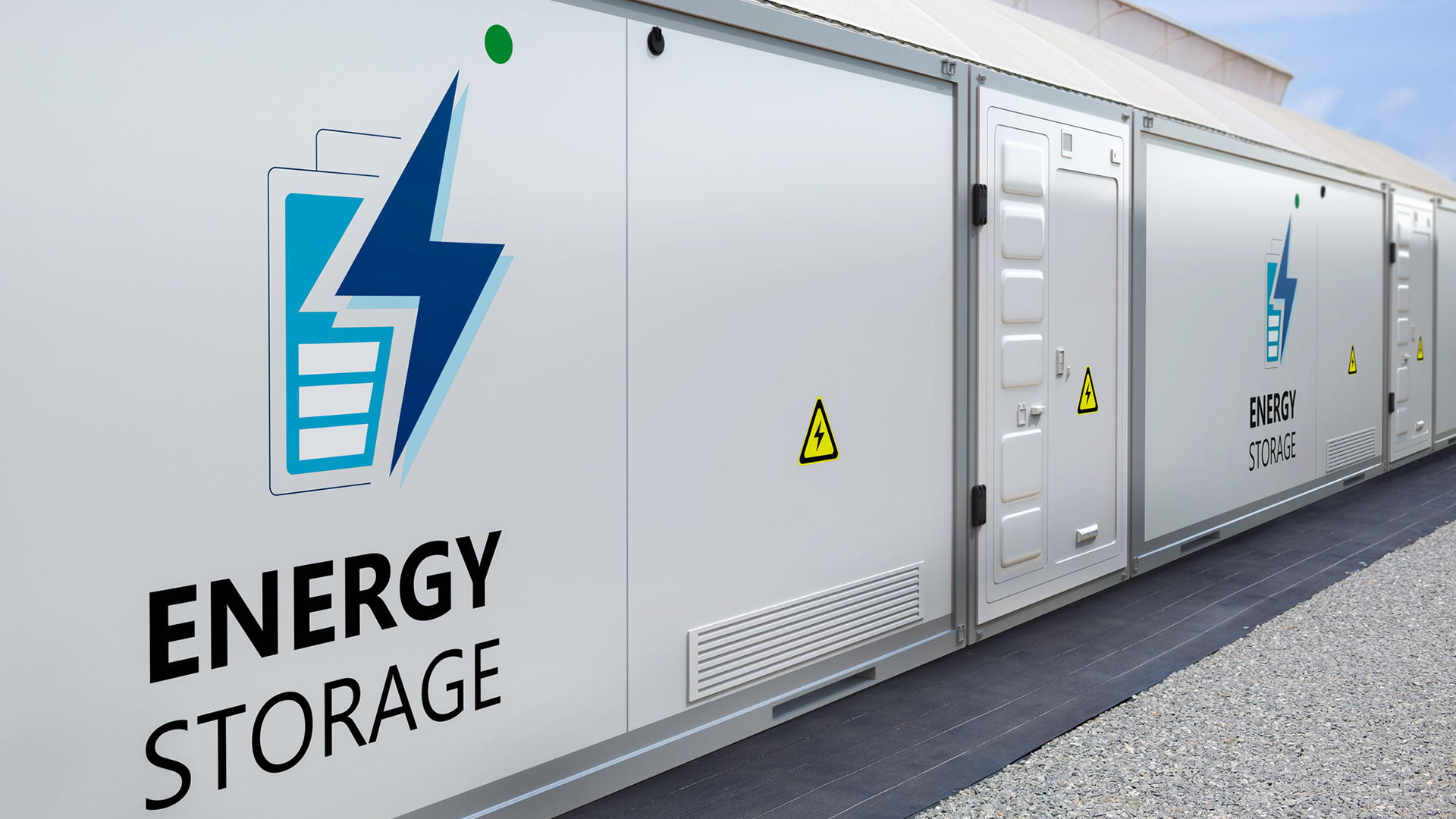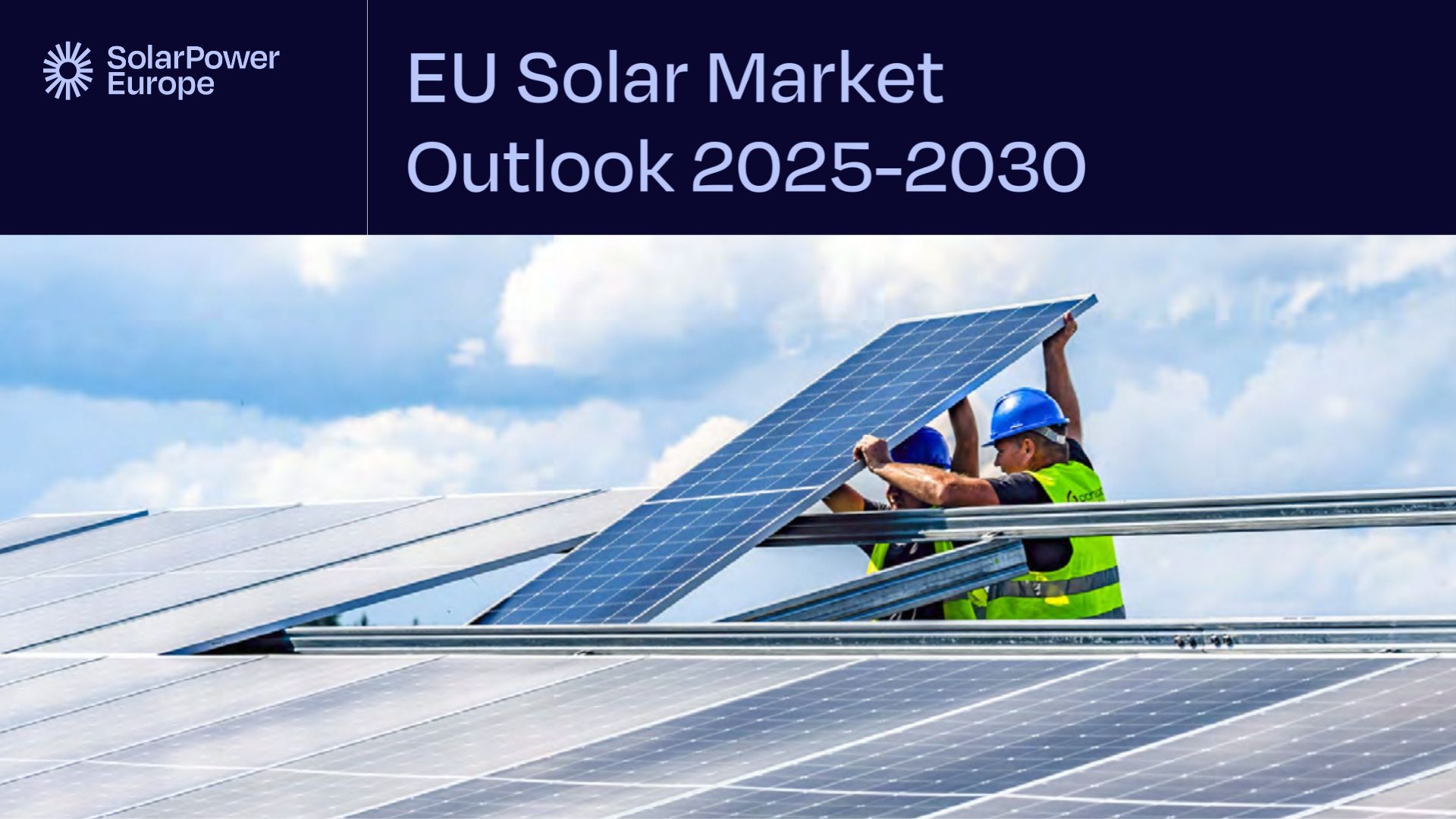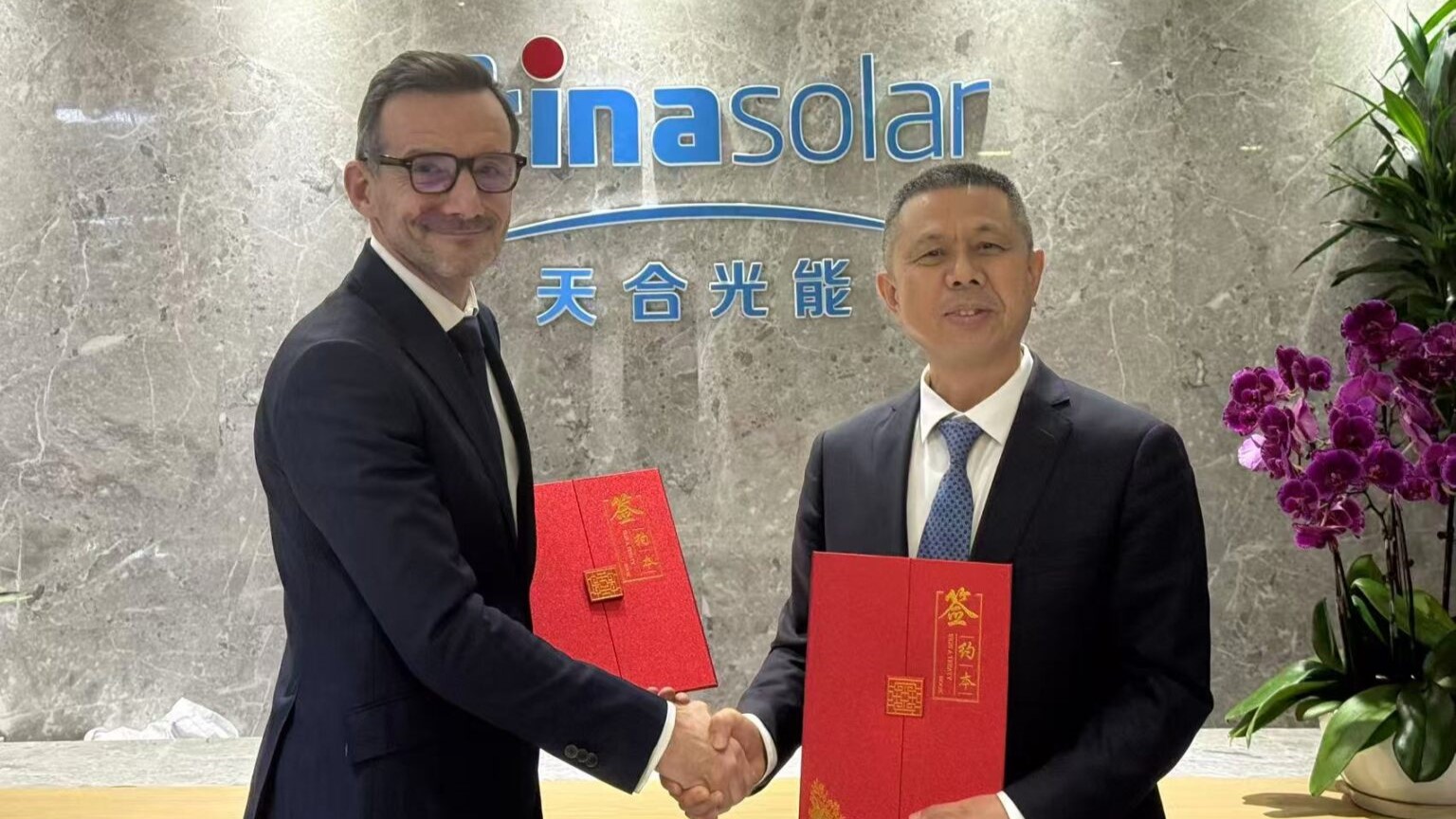The EU, UK, Norway, and Switzerland together are expected to reach 100 GW of installed energy storage later this month, according to new analysis launched on Wednesday by LCP Delta and Energy Storage Europe.
Since 2020, Europe’s energy storage sector has grown rapidly, with different technologies progressing at varying speeds. Pumped hydro remains the largest contributor, accounting for 50.6 GW of installed capacity, including 500 MW added this year in Belgium and Austria. Meanwhile, battery storage has expanded even faster, adding more than 4 GW of utility-scale projects in 2025 alone, according to the analysis.
In other battery energy storage segments, commercial and industrial (C&I) installations have continued to grow steadily this year, as businesses seek to reduce energy costs, enhance efficiency, and optimize their use of renewable energy. Residential battery sales, which surged following early-2020 subsidies, are now stabilizing after peaking in 2022–2023.
LCP Delta and Energy Storage Europe believe the energy storage industry is only just getting started and will continue to make a substantial contribution to Europe’s energy transition. According to their analysis, energy storage will grow beyond 215 GW by 2030 – with battery storage alone exceeding 160 GW.
By the end of the decade, storage is forecast to be deployed at a rate of 20 GW – 25 GW per year. This will come as a result of growth across all market segments. The strong growth of utility-scale energy storage will be supported by improving economics and targeted support schemes. Residential battery sales are expected to rebound from 2027, fueled by a recovering PV market, electrification, and new financing models. C&I storage is becoming increasingly mainstream, shaped by policy, revenue opportunities, and grid regulations.
Silvestros Vlachopoulos, Energy Storage Research Lead at LCP Delta, said: “Reaching 100 GW of installed energy storage across Europe is a key moment for the market. It not only unlocks more space for renewables on the grid today but sets the stage for even faster growth in the coming years. Keeping investors and developers engaged will be essential to scaling projects and providing the flexibility needed for Europe’s 2030 targets.”
